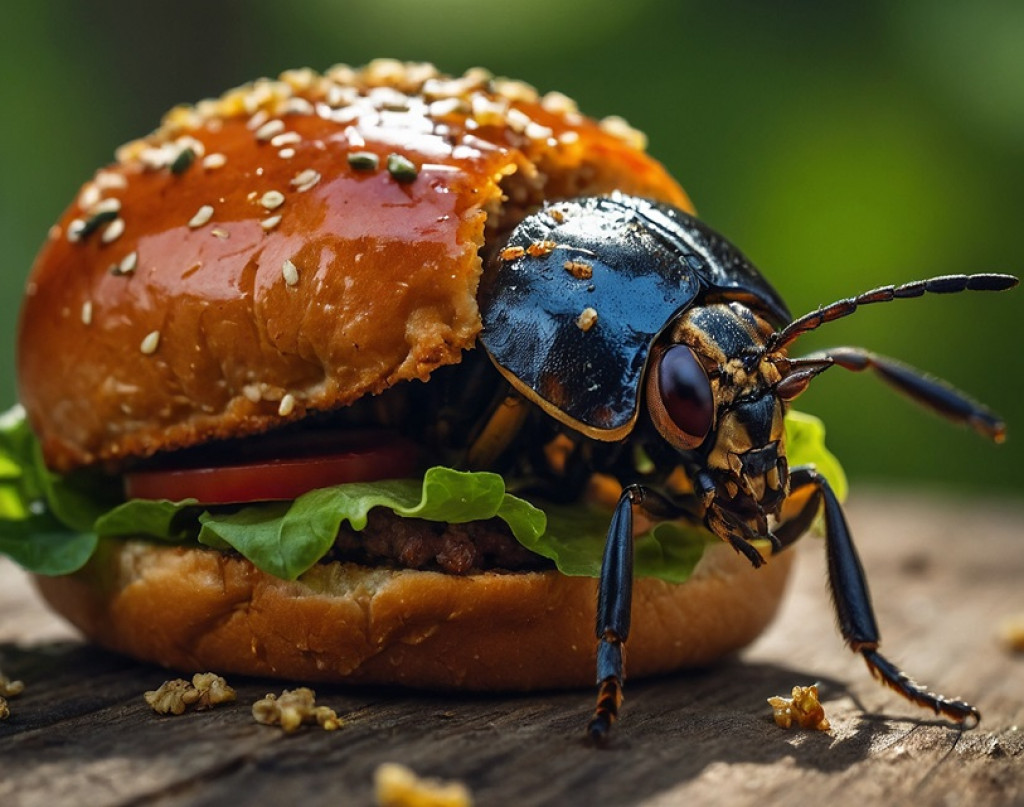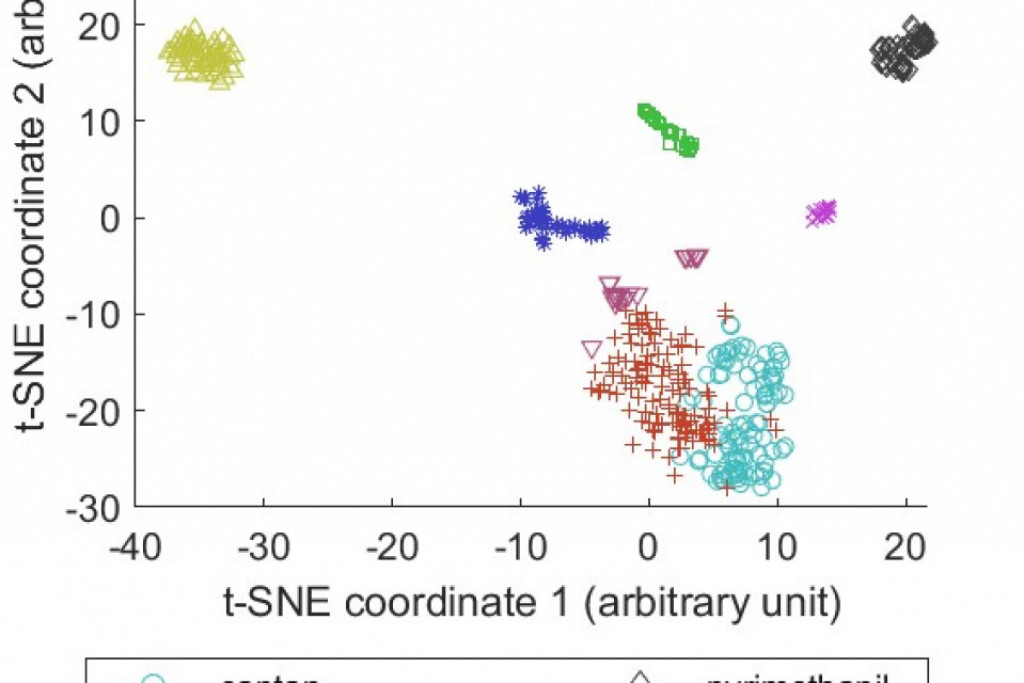Mealworm powder in your burger? Having already conquered the farmed animal feed market, insect meal is now making its way into our diets in the form of bread, cookies, pasta and meat substitutes... This new source of protein is presented as a healthy and nutritious alternative, and the idea that it could be part of a circular economy is very appealing.
But how do you know if this insect powder is what it claims to be? At CRA-W, the ProteoMicS laboratory addresses the issue by studying proteins using mass spectrometry. The platform boasts state-of-the-art equipment for protein identification and quantification. As an essential component of foodstuffs, the analysis of protein provides a wealth of information on product quality.
Authentication of insect species is crucial to maintain food safety. Currently, the European Union only authorises a closed list of nine species for all uses. Once ground, it is difficult, if not impossible, to know which insect species is present in a product. The proteomic approach identifies the species used based on the detection of species-specific marker peptides. Depending on the needs of the study, these marker peptides can be selected from a large spectral database, created in collaboration with the University of Namur and the MaSUN platform, which currently covers six of the nine insect species.
Proteomics can also be used to detect undeclared components. Ranging from 40 to 65%, protein content impacts the commercial value of the ingredient. Therefore, the risk of substitution with less expensive proteins is real. Characterising meal based on its protein composition is one way of combating this type of fraud.
Another risk associated with this new type of breeding could come from the breeding substrate. It should meet the requirements of livestock feed in order to guarantee food safety. The substrate can be a source of numerous risks (bacteria, viruses, prions, allergens, heavy metals and mycotoxins). Breeding on kitchen waste and manure, for example, is prohibited. A study carried out as part of the ENTOFôR project (https://www.cra.wallonie.be/fr/entofor) showed that substrate residues could be detected in insect meal. More recently, another study carried out at CRA-W, in which insects were reared on fast-food waste (burgers, pizzas, nuggets), confirmed this observation, as meat residues were detected in the product.
With the rapidly expanding market for edible insects, the proteomic approach is a powerful analytical solution for assessing the quality of these products.









